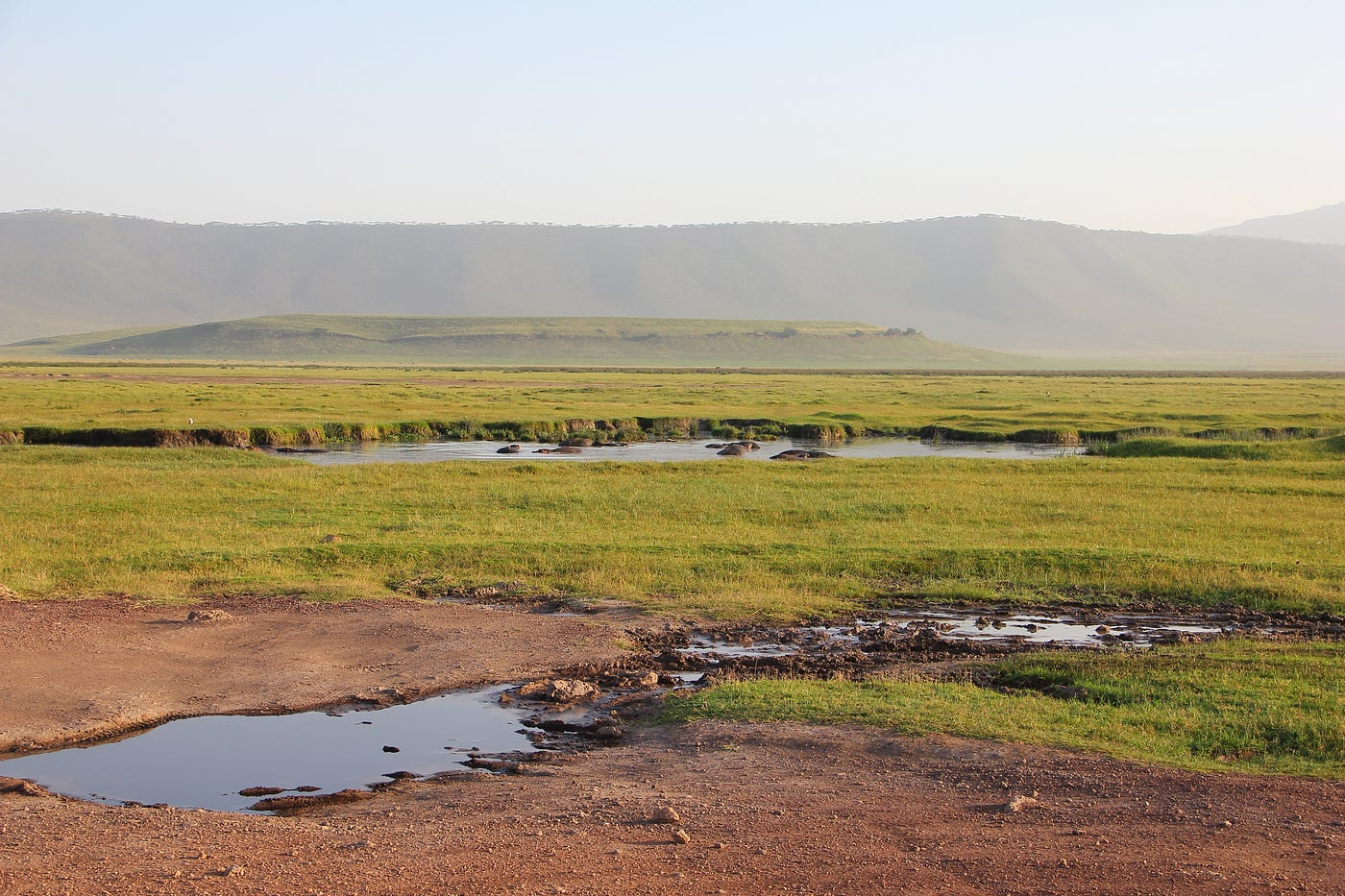Calderas are among the most awe-inspiring geological features on Earth. These massive, circular depressions are formed when a volcano collapses following a powerful eruption, leaving behind a vast, crater-like structure. Calderas can be found all over the world, from the rugged landscapes of North America to the lush rainforests of South America and the remote islands of the Pacific.
Some calderas are so large that they can be seen from space, while others are hidden beneath dense forests or crystal-clear lakes. Regardless of their location or appearance, calderas are a testament to the incredible power of volcanic activity and the dynamic nature of our planet’s geology.
In this article, we will explore the top 12 largest calderas in the world, delving into their unique characteristics, formation, and the fascinating stories behind these natural wonders. Join us on a journey through time and across continents as we uncover the mysteries and majesty of these colossal calderas.
Yellowstone Caldera, United States
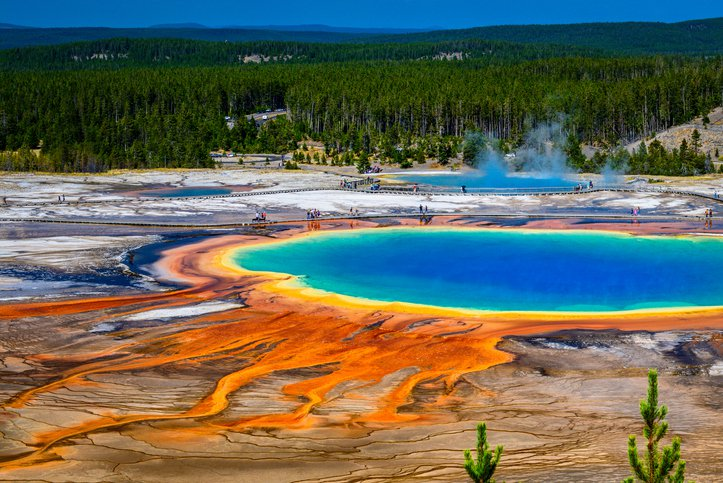
The Yellowstone Caldera, located in the United States, is perhaps the most famous caldera in the world. Situated primarily in Wyoming, with parts extending into Montana and Idaho, this massive caldera measures approximately 55 miles (89 kilometers) by 35 miles (56 kilometers). The caldera was formed by a series of three major eruptions over the past 2.1 million years, with the most recent occurring around 640,000 years ago.
The Yellowstone Caldera is a part of the larger Yellowstone National Park, which is renowned for its geothermal features, including geysers, hot springs, and mud pots. The park’s iconic Old Faithful geyser is a testament to the ongoing volcanic activity beneath the surface. Scientists closely monitor the Yellowstone Caldera for signs of potential future eruptions, as it is considered a supervolcano capable of causing global climate change.
Toba Caldera, Indonesia

The Toba Caldera, located on the Indonesian island of Sumatra, is the site of one of the largest known volcanic eruptions in Earth’s history. The caldera measures approximately 62 miles (100 kilometers) long and 19 miles (30 kilometers) wide, with a depth of up to 1,657 feet (505 meters). The Toba eruption, which occurred around 74,000 years ago, released an estimated 2,800 cubic kilometers of material into the atmosphere, causing a global cooling event that lasted for several years.
Today, the Toba Caldera is filled with the crystal-clear waters of Lake Toba, which is the largest volcanic lake in the world. The lake’s picturesque beauty and the surrounding lush landscapes attract visitors from all over the world. However, the Toba Caldera remains an active volcanic system, with the potential for future eruptions that could have significant global consequences.
Aira Caldera, Japan

The Aira Caldera, located on the southern Japanese island of Kyushu, is a stunning example of a caldera that has been partially filled by the sea. The caldera measures approximately 12 miles (20 kilometers) in diameter and was formed by a massive eruption around 22,000 years ago. The eruption, known as the Aira-Tanzawa eruption, released an estimated 400 cubic kilometers of material, making it one of the largest eruptions in Japan’s history.
Today, the Aira Caldera is home to the picturesque Kagoshima Bay, which is dotted with numerous islands and is a popular destination for tourists and locals alike. The caldera is also home to the active Sakurajima volcano, which has been erupting continuously since 1955. The frequent eruptions of Sakurajima serve as a reminder of the ongoing volcanic activity in the region and the potential for future large-scale eruptions.
Valles Caldera, United States
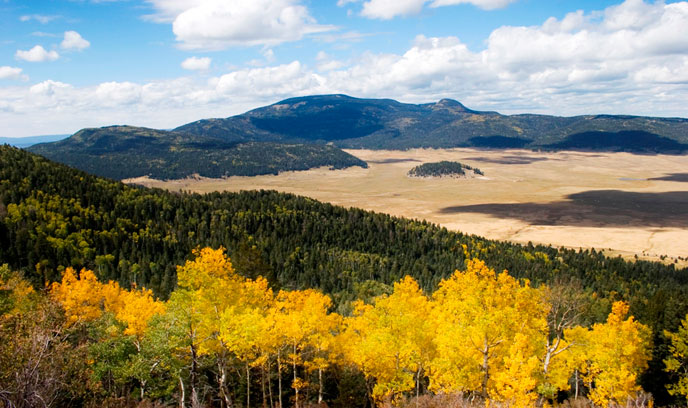
The Valles Caldera, located in northern New Mexico, United States, is a circular depression measuring approximately 13 miles (21 kilometers) in diameter. The caldera was formed by two major eruptions that occurred 1.25 million and 1.61 million years ago, respectively. These eruptions released an estimated 300-400 cubic kilometers of material, causing the volcano to collapse and form the caldera.
Today, the Valles Caldera is a national preserve, managed by the National Park Service. The caldera’s unique landscape features vast grasslands, forested hills, and numerous streams and lakes. The preserve is home to a diverse array of wildlife, including elk, black bears, and mountain lions. Visitors to the Valles Caldera can enjoy hiking, fishing, and scenic drives while learning about the area’s rich geological and cultural history.
Taupo Caldera, New Zealand
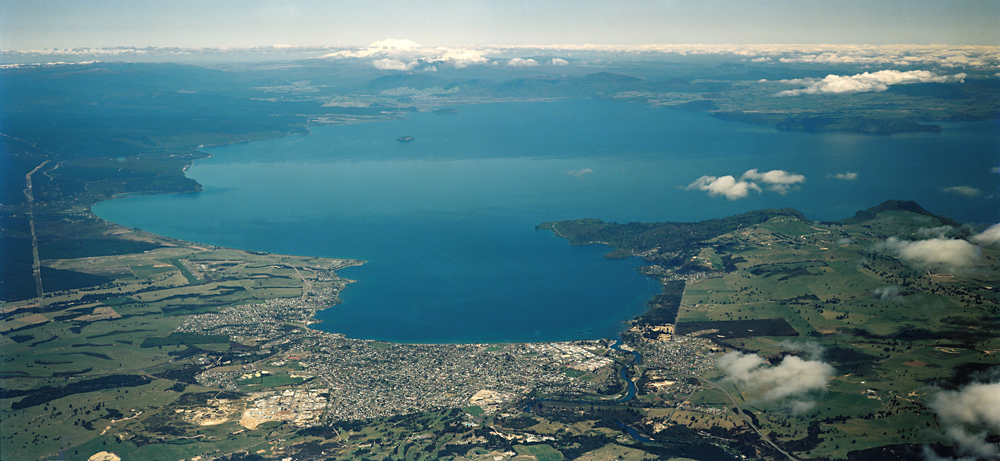
The Taupo Caldera, located on New Zealand’s North Island, is a vast caldera that was formed by a series of powerful eruptions over the past 300,000 years. The most recent major eruption, known as the Oruanui eruption, occurred around 26,500 years ago and released an estimated 1,170 cubic kilometers of material, making it one of the largest known eruptions in the past 70,000 years.
Today, the Taupo Caldera is filled by the stunning Lake Taupo, which is New Zealand’s largest lake. The lake and surrounding area are popular destinations for outdoor enthusiasts, offering activities such as fishing, boating, and hiking. The caldera is also home to numerous geothermal features, including hot springs, geysers, and mud pools, which are a testament to the ongoing volcanic activity in the region.
Aso Caldera, Japan

The Aso Caldera, located on the Japanese island of Kyushu, is one of the largest calderas in the world, measuring approximately 15 miles (24 kilometers) in diameter. The caldera was formed by four major eruptions that occurred between 300,000 and 90,000 years ago. These eruptions released massive amounts of volcanic material, causing the volcano to collapse and form the caldera.
Today, the Aso Caldera is home to the active Nakadake volcano, which has been erupting continuously for over 1,000 years. The caldera is also known for its stunning natural beauty, with vast grasslands, lush forests, and numerous hot springs. Visitors to the Aso Caldera can enjoy hiking, horseback riding, and soaking in the therapeutic waters of the hot springs while marveling at the power and beauty of this volcanic wonderland.
Santorini Caldera, Greece
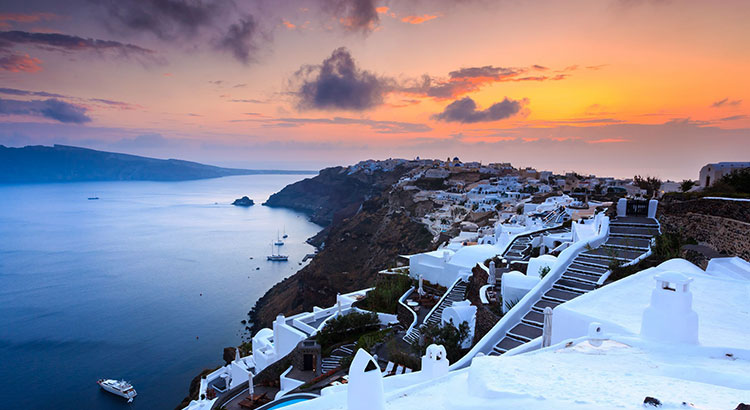
The Santorini Caldera, located in the Aegean Sea, is a picturesque caldera that was formed by the massive Minoan eruption around 3,600 years ago. The eruption, which is considered one of the largest in recorded history, caused the center of the volcano to collapse, creating the circular caldera that we see today. The caldera measures approximately 7.5 miles (12 kilometers) in diameter and is surrounded by steep cliffs that rise up to 1,000 feet (300 meters) above the sea.
Today, the Santorini Caldera is a popular tourist destination, known for its stunning white-washed villages, crystal-clear waters, and breathtaking sunsets. Visitors can explore the caldera’s unique geology by taking a boat tour, hiking along the caldera’s rim, or visiting the nearby archaeological site of Akrotiri, which was buried by the Minoan eruption. The Santorini Caldera serves as a reminder of the incredible power of volcanic activity and the enduring beauty that can emerge in its aftermath.
Crater Lake Caldera, United States

The Crater Lake Caldera, located in southern Oregon, United States, is a stunning caldera that was formed by the collapse of Mount Mazama around 7,700 years ago. The eruption that caused the collapse released an estimated 50 cubic kilometers of material, creating a vast, circular depression that measures approximately 6 miles (10 kilometers) in diameter.
Today, the Crater Lake Caldera is filled by the crystal-clear waters of Crater Lake, which is the deepest lake in the United States, with a maximum depth of 1,943 feet (592 meters). The lake’s pristine blue waters and the surrounding 2,000-foot (610-meter) cliffs create a breathtaking landscape that draws visitors from around the world. Crater Lake National Park offers numerous hiking trails, scenic drives, and boat tours, allowing visitors to explore the caldera’s unique geology and natural beauty.
Campi Flegrei Caldera, Italy

The Campi Flegrei Caldera, located in southern Italy, is a vast caldera that has been shaped by numerous eruptions over the past 200,000 years. The caldera measures approximately 7.5 miles (12 kilometers) in diameter and is home to a complex system of volcanic features, including craters, cones, and fumaroles.
The most recent major eruption in the Campi Flegrei Caldera occurred around 40,000 years ago, releasing an estimated 200 cubic kilometers of material. Since then, the caldera has experienced numerous smaller eruptions and periods of unrest, with the most recent occurring in 1538. Today, the caldera is closely monitored by scientists due to its proximity to the densely populated city of Naples and the potential for future eruptions.
Despite the ongoing volcanic activity, the Campi Flegrei Caldera is a popular tourist destination, known for its stunning coastline, ancient Roman ruins, and natural geothermal features. Visitors can explore the caldera’s unique geology by visiting sites such as the Solfatara Crater, which is known for its bubbling mud pools and steam vents.
Coatepeque Caldera, El Salvador
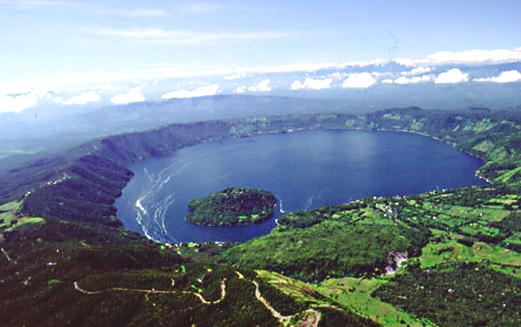
The Coatepeque Caldera, located in western El Salvador, is a picturesque caldera that was formed by a series of eruptions between 72,000 and 57,000 years ago. The caldera measures approximately 7 miles (11 kilometers) in diameter and is filled by the crystal-clear waters of Lake Coatepeque.
The lake, which is one of the largest and deepest in El Salvador, is a popular destination for swimming, boating, and fishing. The caldera’s lush green hills and stunning vistas make it a popular spot for hiking and nature photography as well.
The Coatepeque Caldera is part of the larger Santa Ana Volcanic Complex, which includes several other volcanoes and geothermal features. While the caldera itself has not experienced any recent eruptions, the nearby Santa Ana Volcano has erupted several times in the past century, serving as a reminder of the ongoing volcanic activity in the region.
Kussharo Caldera, Japan
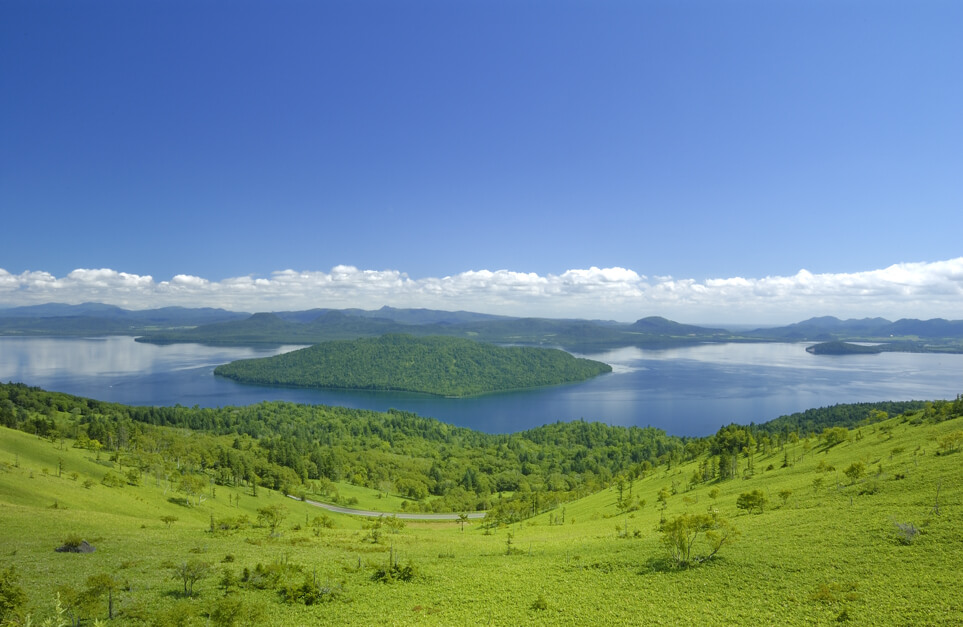
The Kussharo Caldera, located in eastern Hokkaido, Japan, is a vast caldera that was formed by a series of eruptions over the past 340,000 years. The caldera measures approximately 16 miles (26 kilometers) in diameter and is filled by the pristine waters of Lake Kussharo.
The lake, which is the largest caldera lake in Japan, is known for its stunning blue color and the numerous hot springs that dot its shores. The caldera is surrounded by lush forests and rolling hills, making it a popular destination for hiking, camping, and nature observation.
The Kussharo Caldera is part of the larger Akan Volcanic Complex, which includes several other active volcanoes and geothermal features. The most recent major eruption in the caldera occurred around 7,000 years ago, and while there have been no recent eruptions, the presence of numerous hot springs and fumaroles serves as a reminder of the ongoing volcanic activity beneath the surface.
Kikai Caldera, Japan
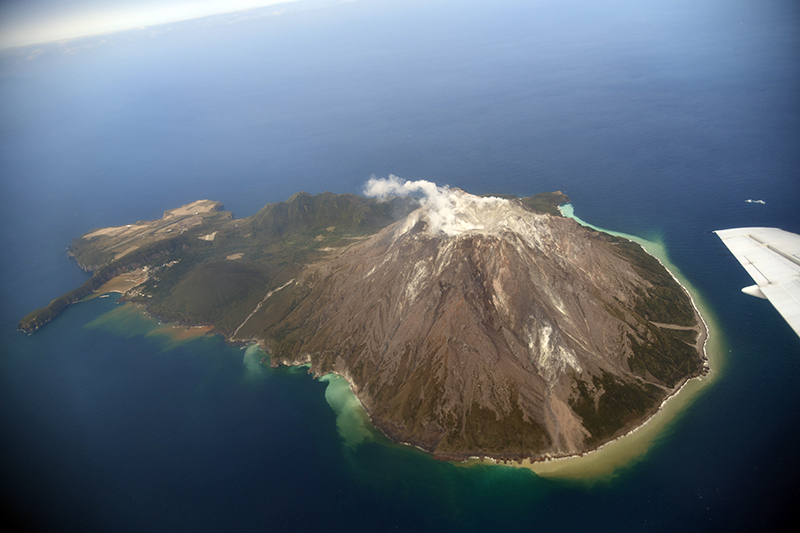
The Kikai Caldera, located off the southern coast of Kyushu, Japan, is a massive submarine caldera that was formed by a catastrophic eruption around 7,300 years ago. The eruption, which is known as the Akahoya eruption, released an estimated 150 cubic kilometers of material, making it one of the largest eruptions in Japan’s history.
The caldera measures approximately 12 miles (19 kilometers) in diameter and is located entirely beneath the sea. Despite its underwater location, the Kikai Caldera has had a significant impact on the surrounding area, with the Akahoya eruption causing widespread ash falls and tsunamis that affected the southern Japanese islands.
Today, the Kikai Caldera is closely monitored by scientists for signs of potential future eruptions. While there have been no recent eruptions, the caldera remains an active volcanic system, and researchers are working to better understand its past and potential future activity.
Conclusion
The top 12 largest calderas in the world showcase the incredible power and beauty of volcanic activity on our planet. From the iconic Yellowstone Caldera in the United States to the picturesque Santorini Caldera in Greece and the massive submarine Kikai Caldera in Japan, these calderas offer a glimpse into the dynamic geological processes that shape our world.
While many of these calderas were formed by catastrophic eruptions in the distant past, they continue to captivate and inspire us with their stunning landscapes, unique geothermal features, and rich geological histories. They serve as reminders of the ever-changing nature of our planet and the importance of understanding and respecting the powerful forces that lie beneath our feet.
As we continue to study and explore these remarkable calderas, we gain a deeper appreciation for the complex and interconnected systems that make up Earth’s geology. By learning from the past and monitoring the present, we can better prepare ourselves for the potential volcanic activity of the future and marvel at the incredible natural wonders that surround us.

